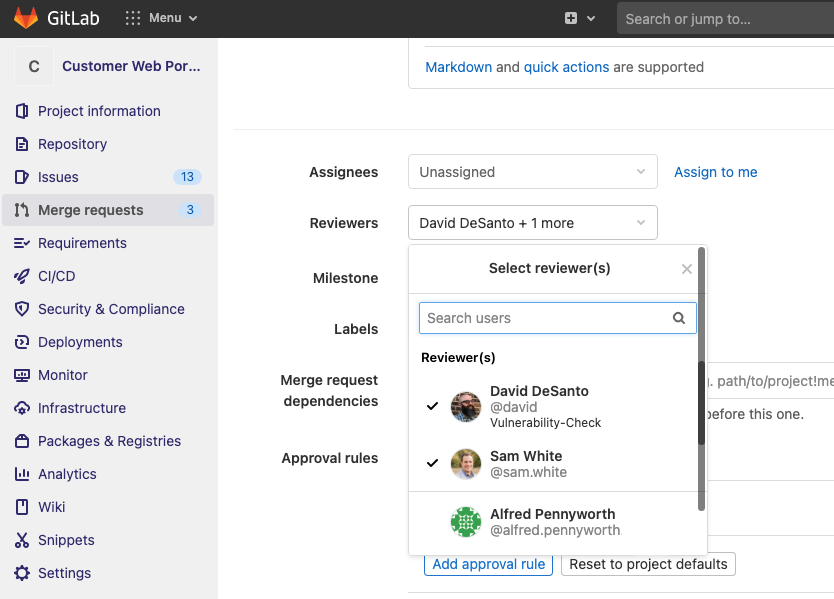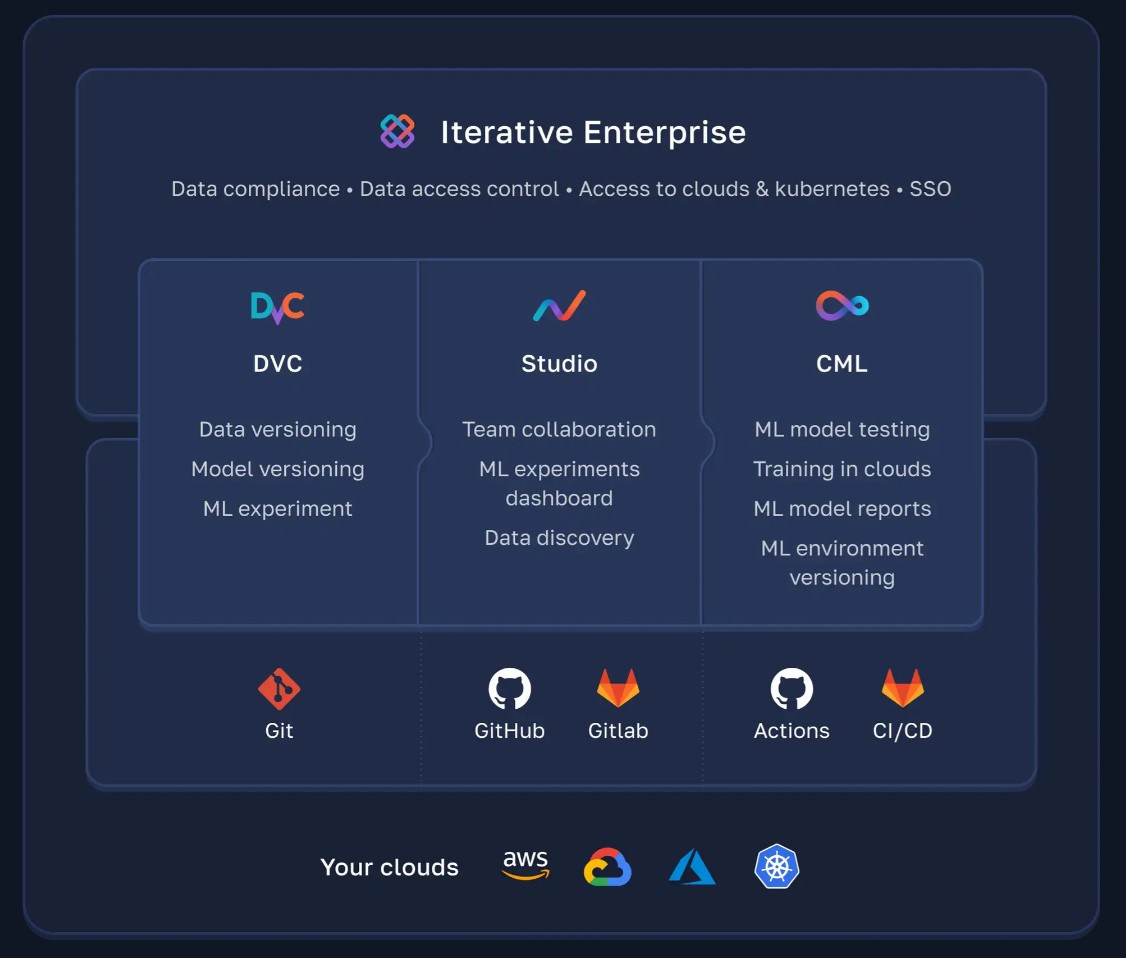- June 2, 2021
- by:
- in: Blog
I’ve been hearing a lot about International Entrepreneur Parole lately. How does parole work and how long does it take?
Sophie Alcorn
Contributor
Sophie Alcorn is the founder of
Alcorn Immigration Law in Silicon Valley and 2019 Global Law Experts Awards’ “Law Firm of the Year in California for Entrepreneur Immigration Services.” She connects people with the businesses and opportunities that expand their lives.
More posts by this contributor
Here’s another edition of “Dear Sophie,” the advice column that answers immigration-related questions about working at technology companies.
“Your questions are vital to the spread of knowledge that allows people all over the world to rise above borders and pursue their dreams,” says Sophie Alcorn, a Silicon Valley immigration attorney. “Whether you’re in people ops, a founder or seeking a job in Silicon Valley, I would love to answer your questions in my next column.”
Extra Crunch members receive access to weekly “Dear Sophie” columns; use promo code ALCORN to purchase a one- or two-year subscription for 50% off.
Dear Sophie,
I’ve been hearing a lot about International Entrepreneur Parole lately. I’m wondering if both my co-founder, who is currently on an H-1B that we’re in the process of transferring to our startup, and an employee on STEM OPT, who we’re making a co-founder, would be eligible to apply. How does parole work and how long does it take?
Also, we are close to securing $200,000 in investments. Do we have to raise another $50,000 to sponsor someone for parole?
— Looking for Answers in Los Altos
Dear Looking,
Thanks for reaching out to me with your International Entrepreneur Parole (IEP) questions! What makes IEP so exciting is its flexibility: Up to three co-founders of a startup can self-petition for IEP, which means they don’t need an employer sponsor. Unlike an H-1B or another work visa, this is great because the applicant can be the boss of the company. Moreover, if your startup has raised less than $250,000, your team can still qualify for IEP by submitting evidence of your startup’s potential for rapid growth and job creation. Take a listen to my podcast episode on IEP, which goes over the process for applying and answers some of the most frequently asked questions that I receive.
If your co-founders pursue IEP, I highly recommend, as usual, that they work with an immigration attorney. It’s especially important here because the stakes are so high for your company and because this is a new program, and U.S. Citizenship and Immigration Services (USCIS) officers have little experience reviewing IEP applications. Additionally, your startup’s fundraising falls short of $250,000 from U.S. investors, so you’ll need strong legal arguments about your qualifications.
How new is this program? Well, it already has a lot of history. Even though IEP has been available since 2017, the previous administration had unsuccessfully tried to eliminate it. Only recently did the Department of Homeland Security withdraw the proposal to rescind the IEP program, which has been available since 2017, and the the Biden administration announced it would fully implement it.
A 2020 Congressional Research Report on “Immigration Parole” noted that USCIS had received 28 IEP applications from the time it began them through February 10, 2020. Of those, only one was approved, 22 were denied, three were withdrawn and two were pending.
We don’t know exactly how long USCIS will take to make a determination on IEP applications — and USCIS said in a recent stakeholder meeting that there is no processing time yet. My law firm is in the process of submitting several applications on behalf of clients and hope to have decisions soon. We’ll keep you posted!
How parole works
The secretary of Homeland Security and agencies within Homeland Security, including USCIS and Customs and Border Patrol, have the ability to grant parole, which allows entry to and a temporary stay in the United States. Parole has traditionally been granted for urgent humanitarian reasons, such as to persecuted refugees or those seeking medical treatment in the U.S., or to serve a public benefit, such as providing disaster assistance, cooperating with law enforcement or testifying at a trial.
Created by the Obama administration after Congress failed to create a startup visa, IEP allows entrepreneurs who provide a “significant public benefit” by creating jobs for American workers and expanding the U.S. economy to temporarily stay in the U.S. to grow their startup. If USCIS approves an IEP application, the entrepreneur will receive a parole document that is valid initially for 30 months.
Parole is not a non-immigrant (temporary) visa status, which means your co-founders cannot simply file to change their status from an H-1B or F-1 to IEP while living in the U.S. To be granted parole, your founders must leave the U.S. and re-enter and get a stamp by a border officer to be “paroled” into the U.S.
If an entrepreneur is approved for IEP, then her/his spouse and dependent children (unmarried and under 21 years) are also eligible for parole during that same period. Once they arrive in the U.S., spouses are eligible to file for a work permit that would allow them to get a job or start their own business.
IEP eligibility requirements
To qualify for IEP, each of your co-founders will need to show that:
- Your startup is a U.S. corporation that is less than five years old.
- She/he has at least a 10% ownership stake in the startup.
- She/he is central to and plays an active role in the startup. I recommend that your co-founders have a C-suite title, such as chief executive officer, chief operations officer or chief technology officer, and/or a senior-level title, such as president.
- Your startup has received at least $250,000 from qualified U.S. investors or at least $100,000 in grants or awards from federal, state or local governments.
If your startup has only received $200,000, your co-founders will need to provide compelling evidence of your company’s potential for rapid growth and job creation, such as its users or customers, revenue, social impact, far reaching or national scope, or positive local or regional effects. Your attorney can support you with these legal arguments.
To extend IEP for another 30 months, your co-founders will need to show that:
- She/he continues to play a central and active role with the company.
- She/he has at least a 5% ownership stake.
And one of the following:
- Your startup has received at least $500,000 from qualified investments and/or qualified government grants or awards.
- Your startup has created at least five full-time jobs with the startup entity during the initial parole period.
- Your startup has at least $500,000 in annual revenue in the United States and averaged 20% in annual revenue growth during the initial parole period.
If your startup entity partially meets funding, job creation or annual revenue criteria, your co-founders must provide compelling evidence that the startup entity continues to show substantial potential for rapid growth and job creation with the support of your attorney.
Although there is no wage requirement under the IEP program (like there is for H-1B visa), each of your co-founders will need to have a household income that is greater than 400% of the federal poverty line for his or her household size as defined by the Department of Health and Human Services. For example, based on today’s requirements, a family of four would need to have a household income of more than $106,000.
My hope is that by the time your co-founders are ready to extend their IEP, there will already be new laws in place for a startup visa and green card pathway for startup founders. I was honored to work on this draft legislation with Jeff Farrah of the National Venture Capital Association, and hopefully we’ll see some announcements soon!
Good luck!
Sophie
Have a question for Sophie? Ask it here. We reserve the right to edit your submission for clarity and/or space.
The information provided in “Dear Sophie” is general information and not legal advice. For more information on the limitations of “Dear Sophie,” please view our full disclaimer. You can contact Sophie directly at Alcorn Immigration Law.
Sophie’s podcast, Immigration Law for Tech Startups, is available on all major platforms. If you’d like to be a guest, she’s accepting applications!







